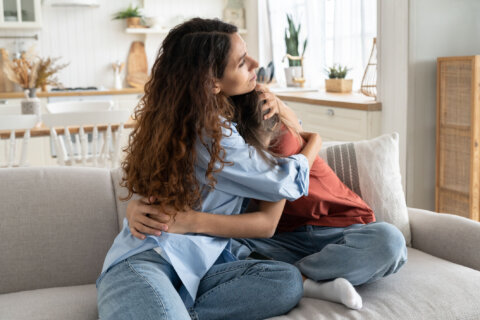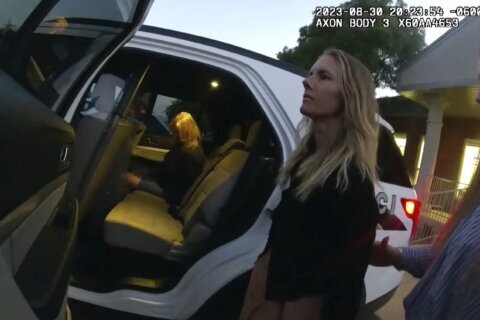This story is part of “Parenting in a Pandemic,” WTOP’s continuing coverage of how parents are dealing with child care, schooling and more through the coronavirus pandemic.
When the new school year gets underway, children who are learning remotely online might be making their own snacks and lunches at home. A food safety expert has advice.
“They have to remember to read that label; follow the instructions,” Maribel Alonso, a food safety expert with the U.S. Department of Agriculture, said.
“Kids that are beginning to cook, beginning to use the microwave, they pull frozen items out of the freezer and they don’t read the label,” she said.
It’s never too early, Alonso said, for kids to learn the four basic steps to food safety — clean, separate, cook and chill.
Clean: “Make sure your kids wash their hands with soapy water,” before, during and after preparing food. Wash hands, kitchen surfaces and utensils often.
Separate: Raw meat needs to be kept away from other foods and shared surfaces.
“Preparing chicken nuggets, for example, we can forget that even though frozen items look like they’re cooked, sometimes they aren’t,” Alonso said. “So, we want to make sure to keep raw meat and poultry away from any kind of fruits and vegetables.”
Cook: To assure items are cooked to safe temperatures, Alonso is a fan of the instant read thermometer.
Chill: “After they’ve fixed their sandwich, or after they reheat some leftovers — if they have anything left, put it back in the refrigerator. Make sure that it doesn’t stay on the counter for hours.”
Beware danger zone temperatures
Anything between 40 and 140 degrees Fahrenheit is considered to be in the “danger zone” where bacteria grows very quickly. Food should be stored at temperatures below 40 degrees or kept warm for serving at temperatures of 140 degrees or higher.
“Remember that nothing is sterile; you want to make sure to put those food items back in the refrigerator within two hours,” Alonso said. “Everything has bacteria in it; maybe very low amounts, but it could have some bacteria.”







